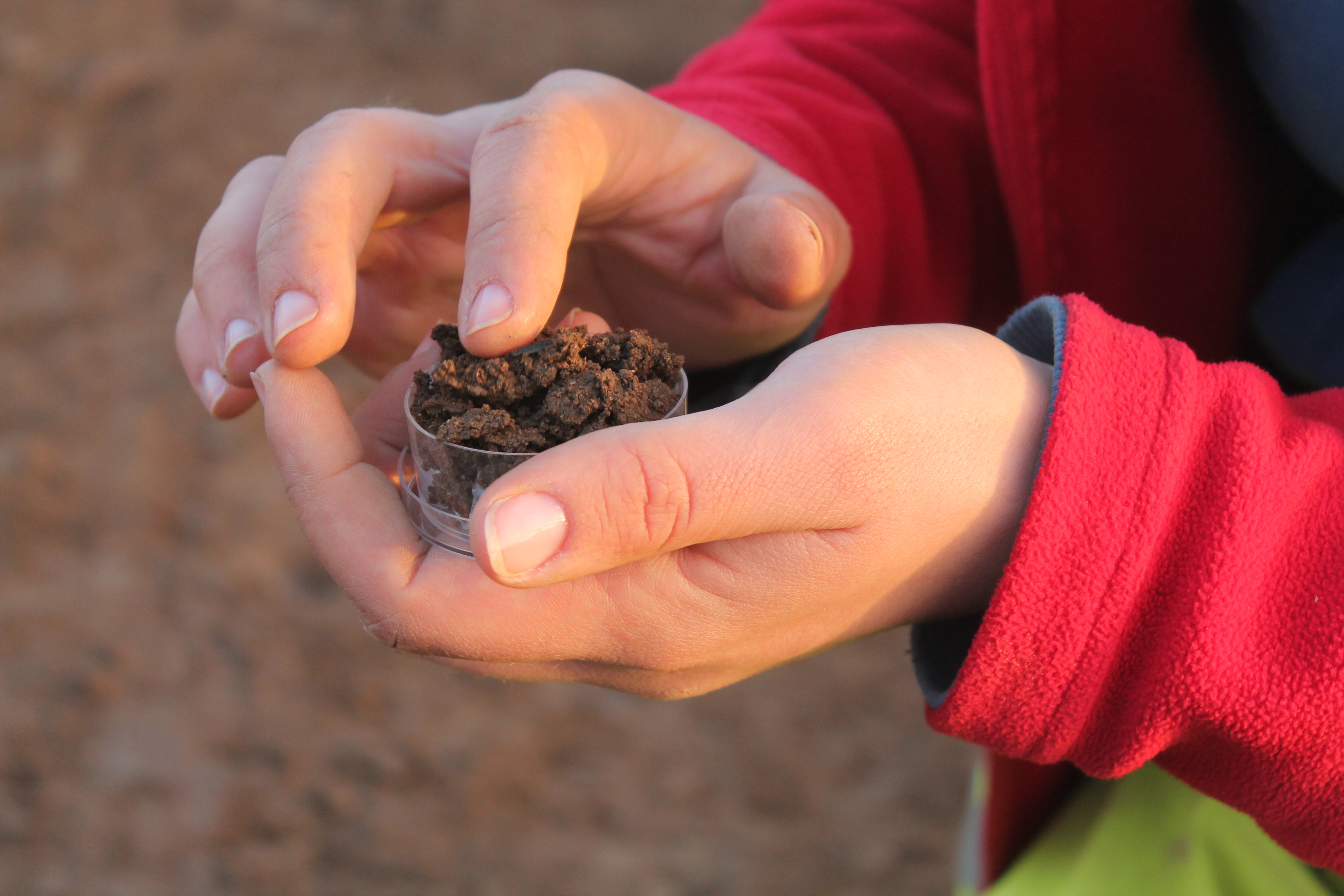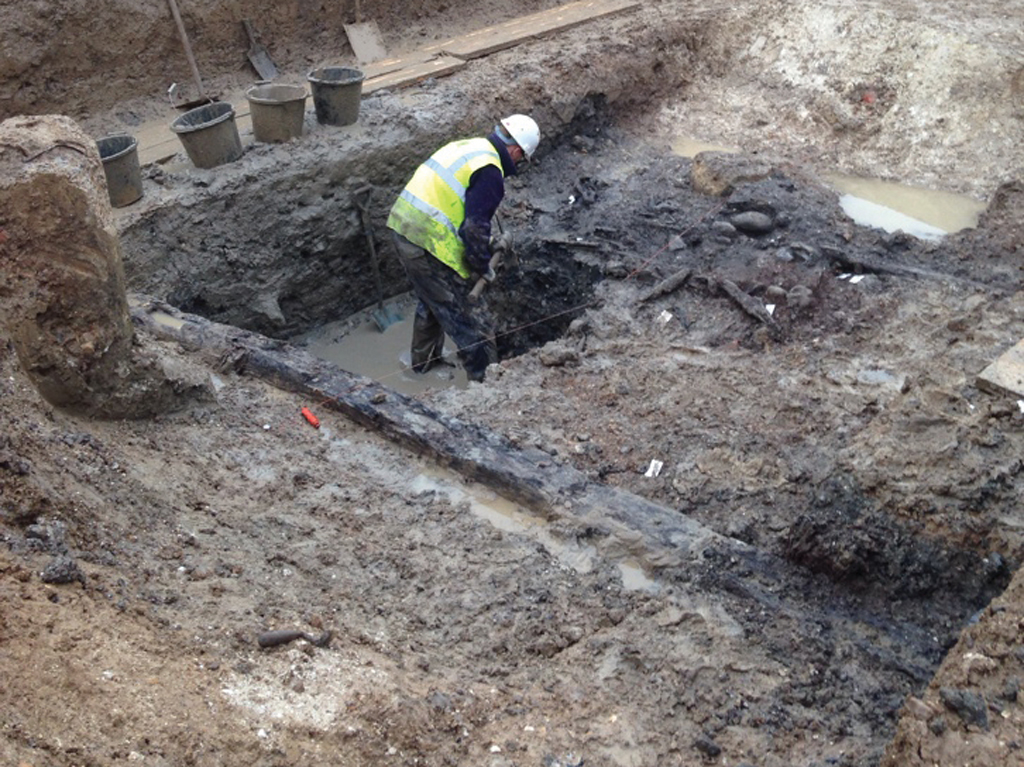
Our team offers expert advice on all aspects of palaeoenvironmental archaeology, agreeing appropriate techniques, sampling strategies, specialist analysis and reporting.

Our team offers expert advice on all aspects of palaeoenvironmental archaeology, agreeing appropriate techniques, sampling strategies, specialist analysis and reporting.



Palaeoenvironmental archaeology uses carefully selected recovery techniques to put archaeological sites into their environmental context and provides evidence on such things as diet, economy and living conditions. Commonly required as a part of most site investigations, we make the scale and scope of our work relevant to the project objectives.
The assessment stage is critical to the process as we evaluate the survival and significance of any archaeological remains. With this information to hand we are able to use the best possible combination of in-house botanists, sedimentologists and entomologists together with other recognised colleagues from the wider archaeological community.
Our in-house specialisms include:
Our environmental team is very used to assessing the value of all categories of palaeoenvironment material but, where the need arises, we routinely use other specialist associates who are also able to offer environmental analyses of pollen, diatoms, soil micromorphology, human and animal bone and a wide range of dating techniques.